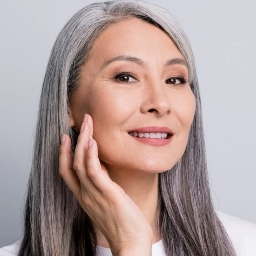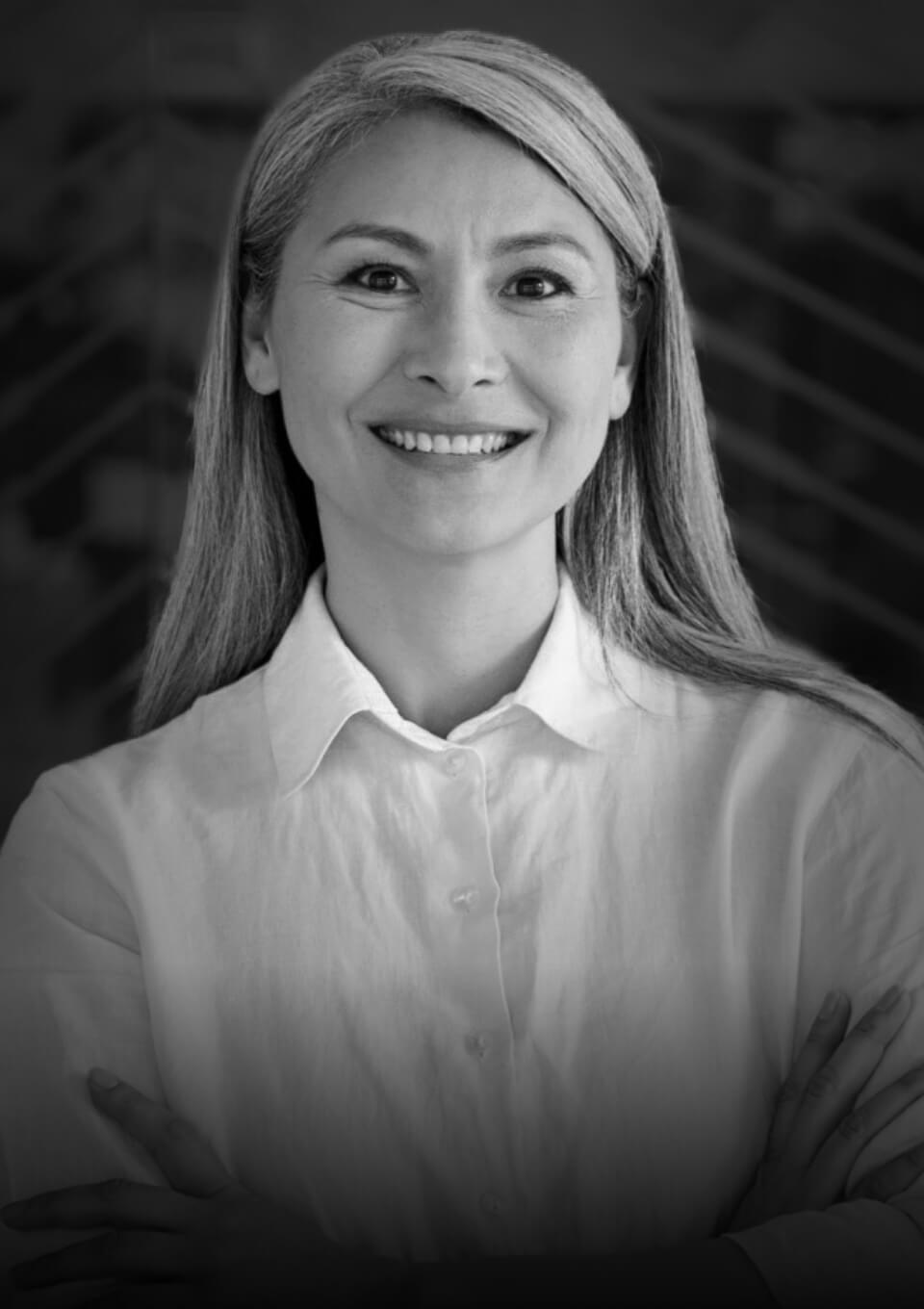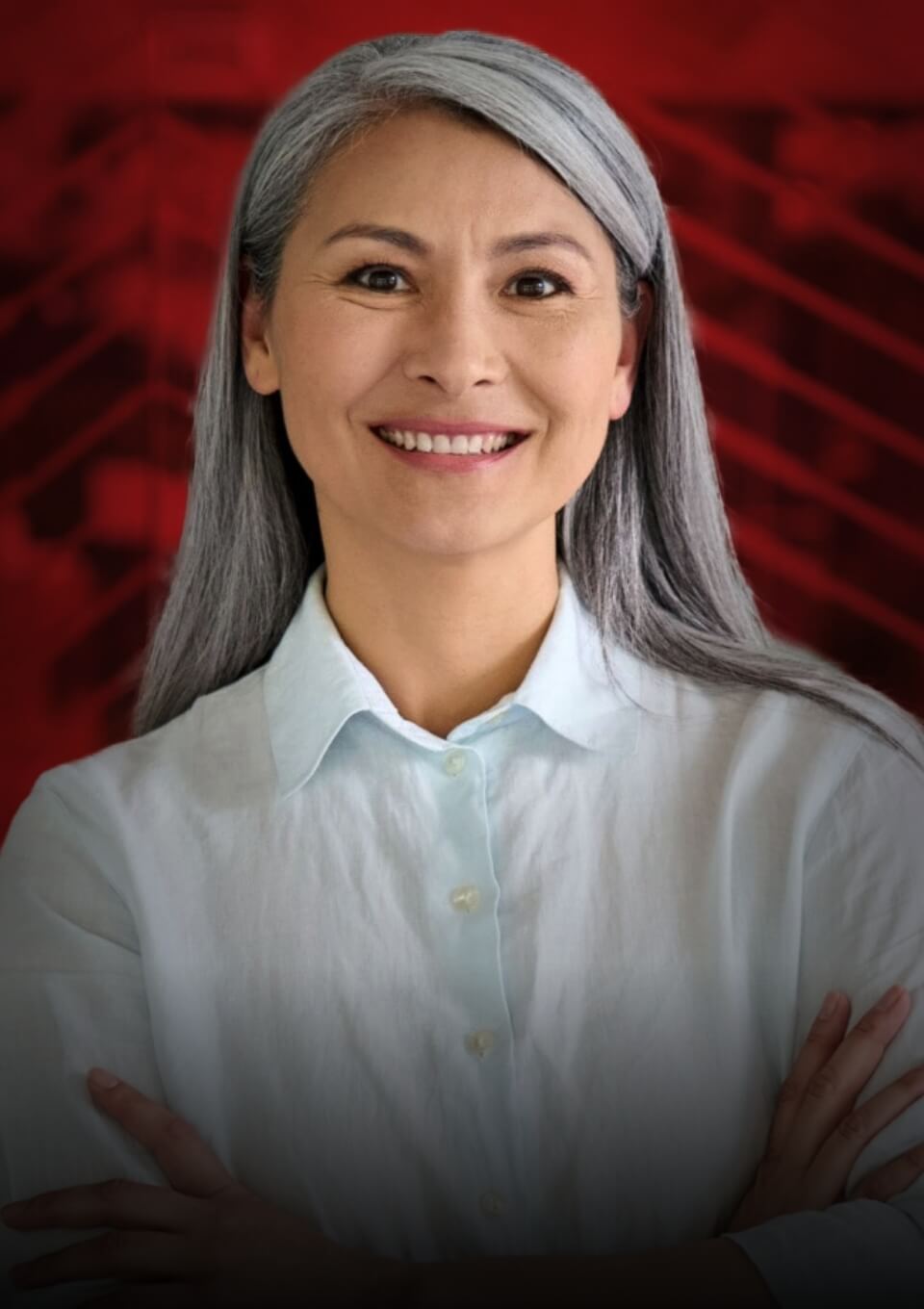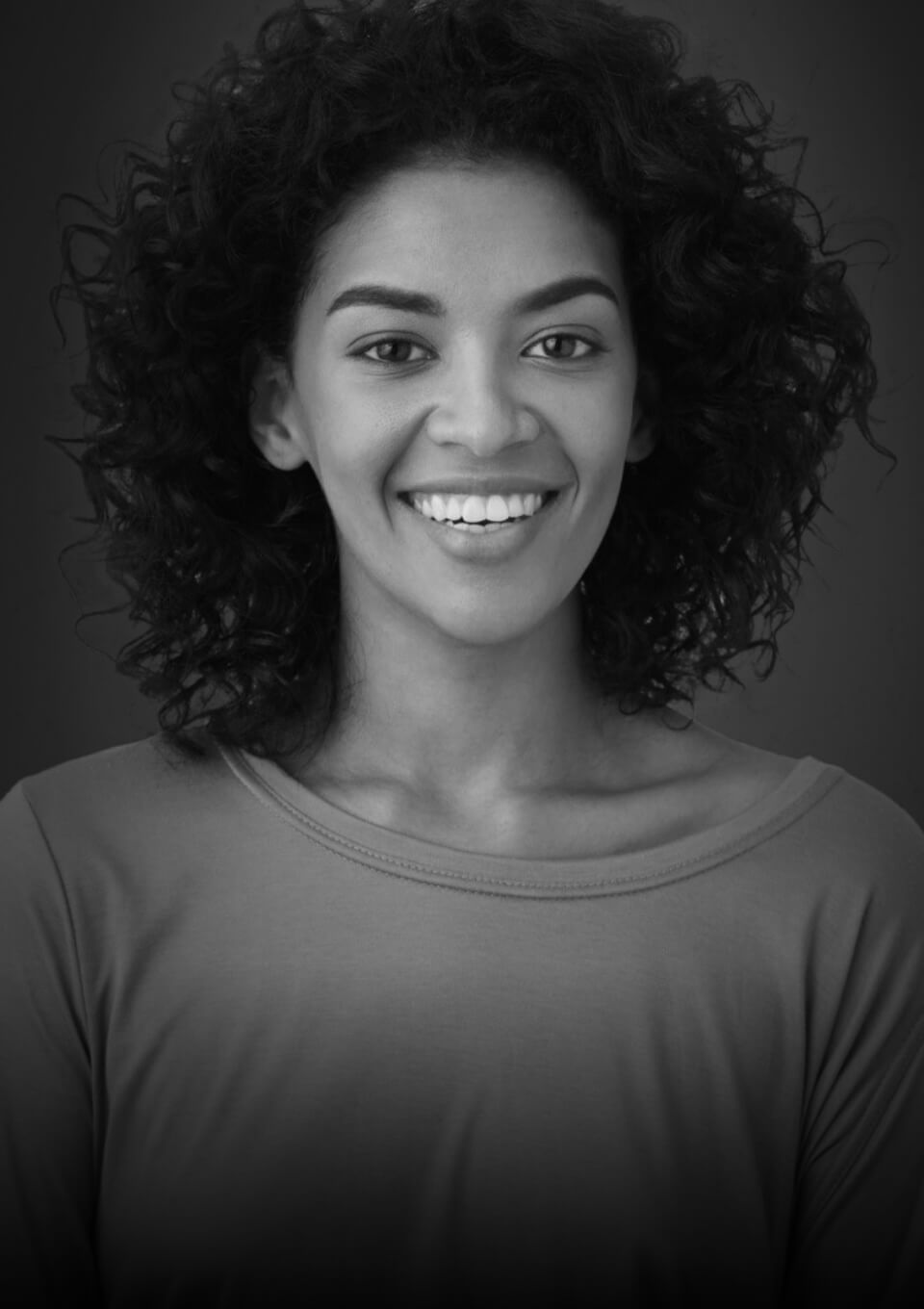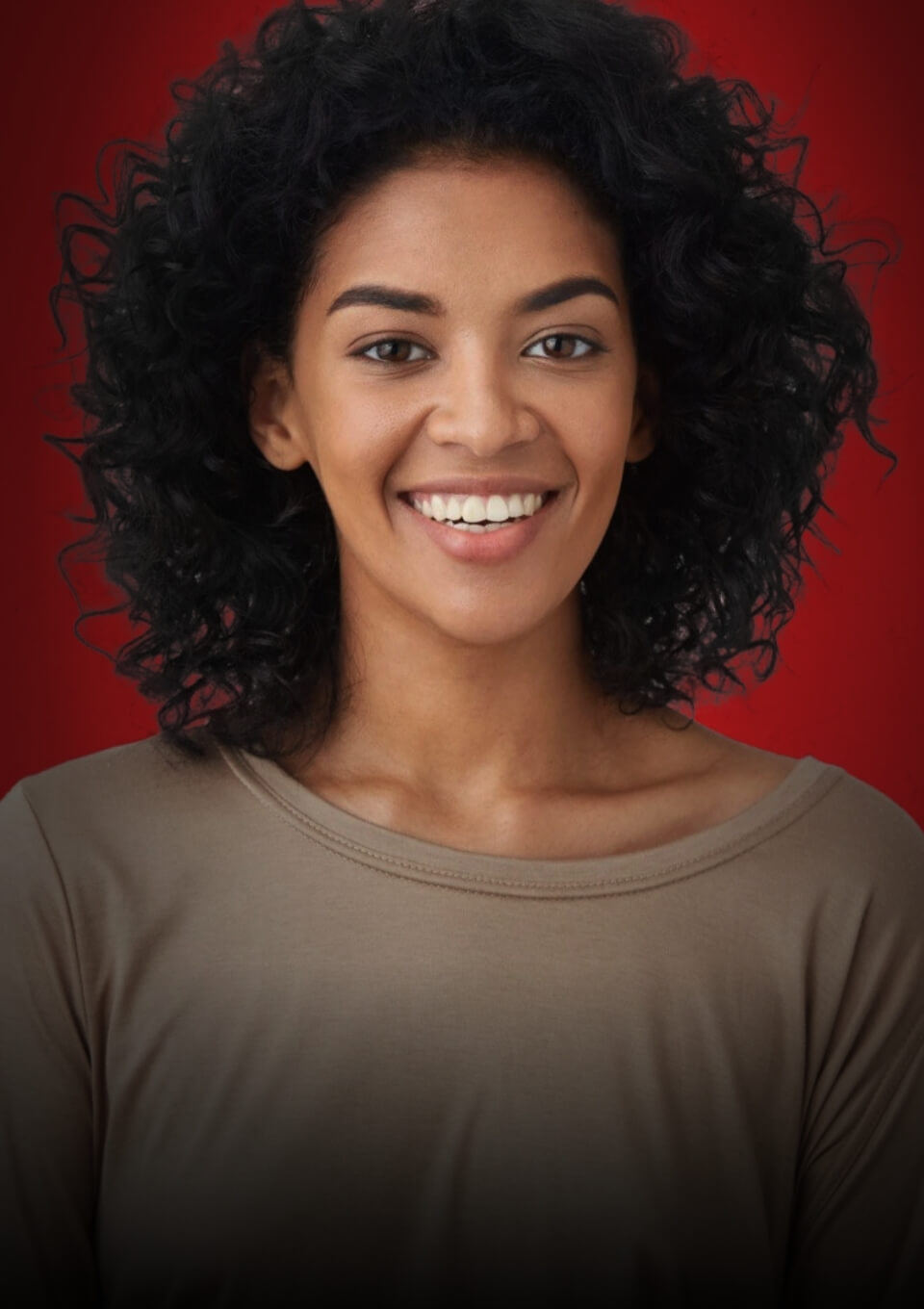Mohs surgery is a specialized and highly precise type of micrographic surgery in which our team removes a cancerous lesion from your skin. Mohs surgery has a 99% cure rate for newly diagnosed lesions and a 94% cure rate for lesions that have been treated with other procedures.
Traditionally, dermatologists trained in Mohs surgery use the procedure to remove and cure basal cell carcinomas (BCCs, the most common type of skin cancer), as well as squamous cell carcinomas (SCCs). However, even in some cases of melanoma — the most deadly type of skin cancer — our team can completely remove the lesion and cure the cancer.
At Dermatology Institute & Skin Care Center, our founding dermatologist, Paul Yamauchi, MD, PhD, is an expert at Mohs surgery. Dr. Yamauchi and Summer Nguyen Liew, MSPAS, PA-C, offer skin cancer screenings in our Santa Monica offices.
If you’ve been diagnosed with skin cancer or have a suspicious mark on your skin, Mohs surgery can give you peace of mind. Here’s how it works and what you can expect.
Prepare beforehand
Mohs surgery is a simple in-office procedure, but it’s still surgery. Make sure you discontinue medications, habits, or herbs that are considered blood thinners or prevent healthy healing, such as:
- Aspirin
- Ibuprofen
- Smoking
- Alcohol
- Ginkgo biloba
- Garlic
- Ginger
- Smoking
We give you a more complete list when we schedule your surgery.
Treatment takes all day
Even though Mohs surgery is convenient, it’s a detailed process. Dr. Yamauchi uses a specialized scalpel to remove a single layer of skin on and around the lesion. As he removes each slice, he dyes it and examines it under a microscope, looking for cancerous cells.
He continues removing the lesion and a healthy margin of skin around the lesion layer by layer. Once he reaches a layer that’s cancer free, the procedure is over.
Allow a full day for Dr. Yamauchi to remove and evaluate your skin cancer. Bring snacks, water, and reading material, so you’re comfortable for several hours.
Treatment is pain-free
First, we prepare your skin by cleansing the treatment area and marking the lesion with a pen for reference. We inject the treatment area with an anesthetic, so you don’t feel any pain during surgery. After Dr. Yamauchi removes a layer, he applies a temporary bandage.
He always lets you know if another layer needs to be removed. If necessary, we administer more anesthetic. He may have to remove multiple layers until he’s certain there are no more cancer cells.
We create a safety margin
In addition to cutting off the lesion slice by slice, Dr. Yamauchi also cuts healthy skin from around the perimeter of the lesion, which is known as the “margin.” It’s essential to remove the skin from the margin because some cancer cells may migrate into healthy skin.
One of the reasons that Mohs surgery has such a high cure rate is due to removing skin from around the margin. Even a single cancer cell can divide and multiply, which is why it’s essential to ensure no cancer exists.
Ease up for a few days
After Dr. Yamauchi reaches a totally cancer-free layer, he closes the wound with a bandage. Your operative site may be small, but you need to give your body time to recover.
Don’t engage in vigorous activities or head to the gym for at least a few days. We let you know when it’s okay to resume normal activities. Also, continue to avoid medicines or herbs that thin your blood or slow healing.
When you take good care of your surgical site, you should heal with minimal scarring. If Dr. Yamauchi removed a large lesion, he may recommend plastic surgery after Mohs.
Block the sun
Although not all skin cancers are caused by sun damage, most are. Once you’ve had skin cancer, you must be extra careful and block the sun’s UVA and UVB rays.
Be sure to wear protective clothing and stay in the shade whenever you’re outdoors, particularly during the peak hours of 10 am to 4 pm. Wear sunscreen on exposed areas, and reapply it every two hours.
While your wound is healing, follow our after-care instructions. That means keeping the site clean and changing the bandage as directed. Also, wear clothing that shields your operation site from the sun.
If you suspect skin cancer, book a skin-cancer screening. Or, if you’ve already been diagnosed, contact us for Mohs surgery as soon as possible. Phone our friendly staff today or send us a message online.

